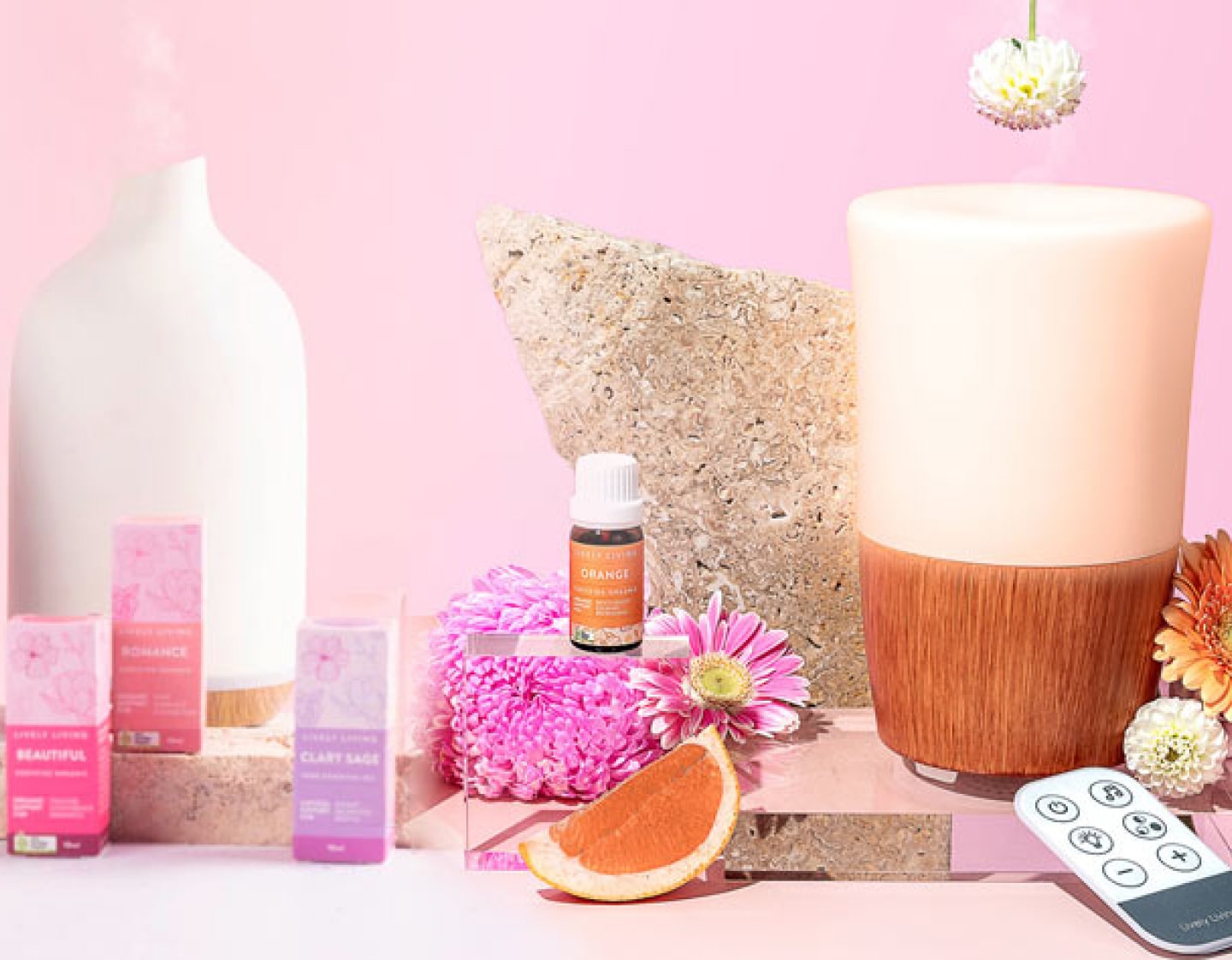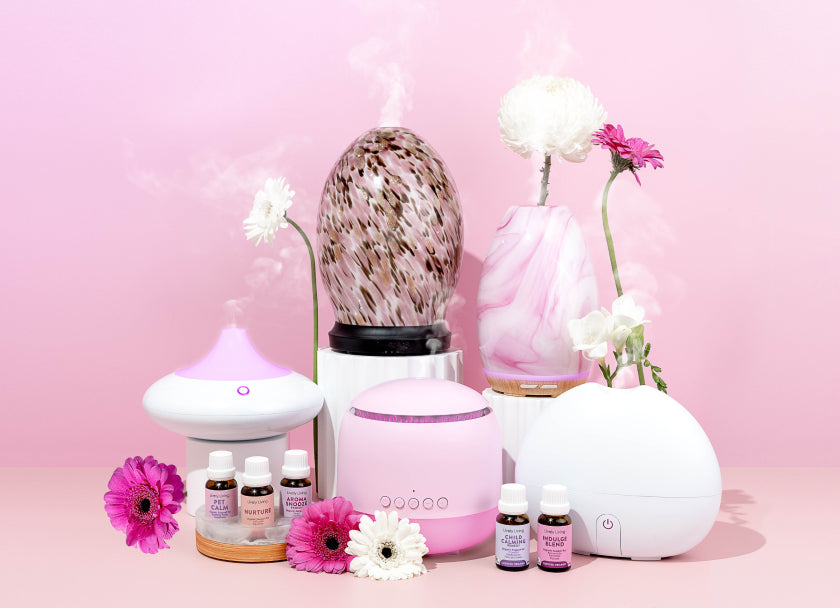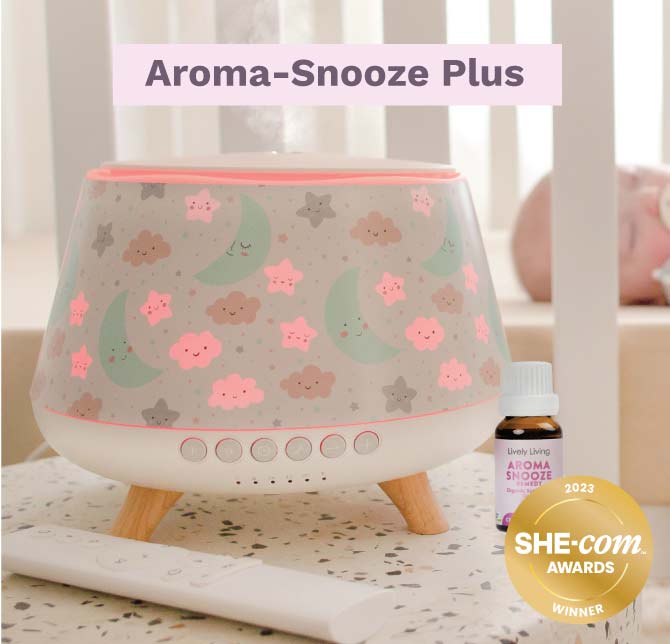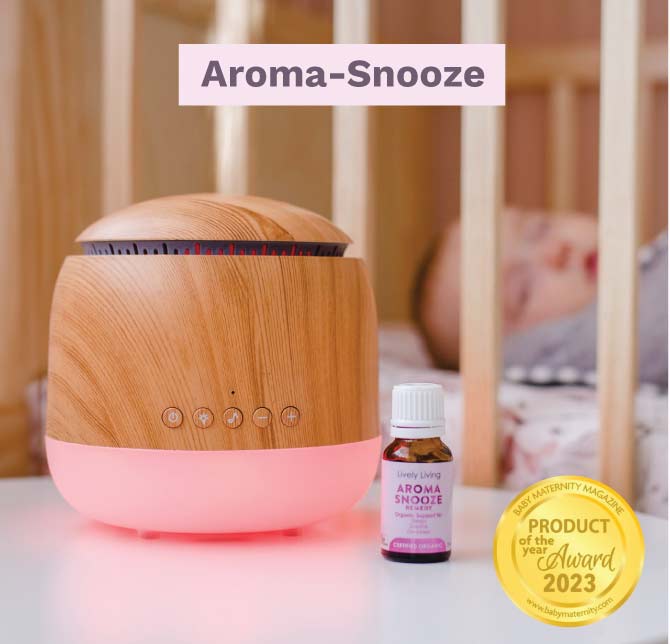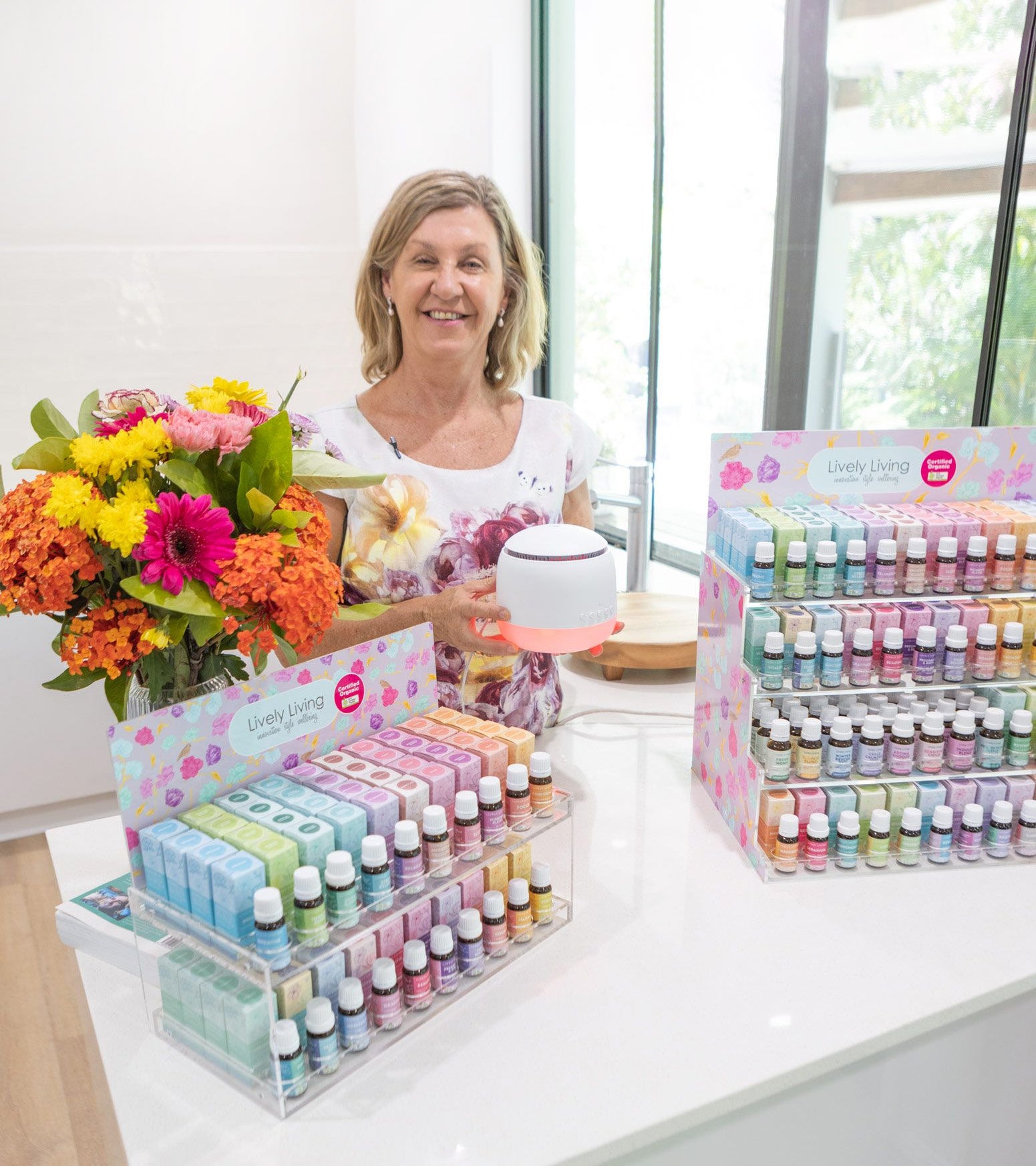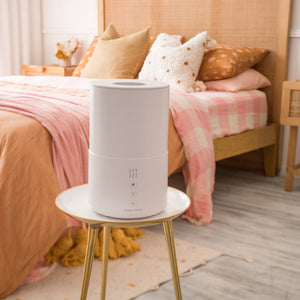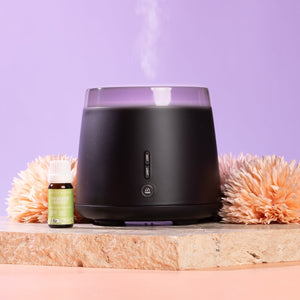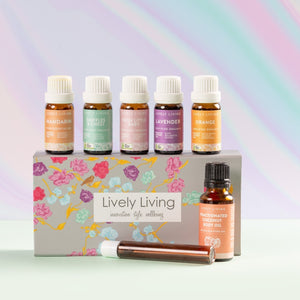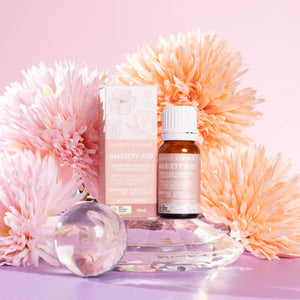Improve Your wellness with Red Light Therapy Sleep
Red Light Therapy Sleep is a game changer for many sleep-deprived individuals.
The quest for quality sleep can be elusive, leading to a cycle of exhaustion and frustration.
Enter Red Light Therapy Sleep - an innovative solution that's gaining popularity worldwide.
This scientifically-backed approach utilizes the power of red light wavelengths to enhance your body's natural sleep-wake cycles, promoting restful nights and energetic days.
Table of Contents:
- Understanding the Role of Red Light in Sleep
- Scientific Evidence Supporting Red Light Therapy
- Practical Application - Fitting Red Night Lights Into Your Routine
- Blue Vs. Red - The Impact of Nightlight Color on Sleep Quality
- Addressing Common Concerns About Using Any Form of Lighting At Bedtime
- Navigating Unique Circumstances - Daylight Savings and Darkness Phobia
- Negative Impacts of Exposure to Blue-Light Emissions Before Bedtime
- FAQs in Relation to Red Light Therapy Sleep
- Conclusion
Understanding the Role of Red Light in Sleep
The influence that red light has on sleep quality is a captivating subject, underpinned by extensive scientific research. Our circadian rhythm is strongly influenced by different wavelengths of light, particularly when it comes to regulating our sleep-wake cycle.
Circadian Rhythm and Its Impact on Sleep
Your internal biological clock or circadian rhythm manages various bodily functions, including your sleep-wake cycle. This rhythm operates over 24 hours and responds primarily to cues from natural sunlight exposure.
Exposure to specific types of light at certain times during this cycle can either promote wakefulness or prepare the body for restful sleep. The warm hues associated with sunset often signal bedtime, helping align your circadian rhythms effectively with day-night cycles.
Melatonin Production and Regulation
Melatonin, known as the bodys sleep hormone, plays an essential role in managing our sleep patterns. Melatonin production increases once darkness sets in; however, artificial lights may disrupt its secretion, leading to chronic sleep disorders such as difficulty falling asleep or staying asleep throughout the night.
In contrast, exposure to red spectrum lighting mimics dusk conditions, which naturally stimulate melatonin secretion, thus facilitating better quality sleep without causing any disruption like other forms of artificial lighting might do.
Scientific Evidence Supporting Red Light Therapy
The efficacy of red light therapy is backed by extensive scientific research. Over 4,000 medical studies affirm the therapeutic benefits of this treatment.
Medical Studies on Light Therapy
A study featured in the Journal of Athletic Training highlights how red light therapy supercharges our body's natural healing mechanisms, promoting faster tissue repair and recovery.
In a separate study led by Harvard Medical School, it was discovered that exposure to warm/red spectrum before bedtime significantly improves sleep quality. This research provides evidence for using red light as an effective aid in managing circadian rhythm sleep disorders and achieving better restful sleep cycles.
Why Experts Recommend Warm/Red Light
Research from Sleep Medicine Reviews suggests that evening exposure to bright blue artificial light disrupts our circadian rhythms, leading to difficulty falling asleep or staying asleep - common symptoms associated with chronic sleep disorders. In contrast, lower color temperature lights such as those within the red spectrum are not only less disruptive but also beneficial for inducing a good night's sleep.
This benefit can be attributed to melatonin production. While blue or white lights suppress its secretion - a hormone crucial for sound slumber - warm/red lights stimulate its release, thereby helping individuals fall asleep quicker and maintain their stay asleep throughout the night longer.
Practical Application - Fitting Red Night Lights Into Your Routine
The implementation of red light therapy in your daily routine is a practical and beneficial step towards improving sleep quality. As research continues to highlight the negative impacts caused by exposure to blue-light emissions before bed, such as mood changes and slower metabolism rates, it becomes clear that alternative solutions like red night lights are necessary.
How To Introduce A Red Night Light In Your Child's Room
Selecting the right device for your child's room is paramount when introducing a red night light. The Aroma-Snooze from Lively Living is the perfect choice as it has a red light setting, and also many other features including built in music, a humidifier setting, voice recorder and aromatherapy.
A good strategy could involve initially placing the device away from where your child sleeps then gradually moving it closer as they become accustomed to its presence over time.
Creating Consistent Bedtime Routines with Red Night Lights
Maintaining consistency within bedtime routines greatly enhances their effectiveness on circadian rhythms. Start by reducing other sources of artificial light around an hour prior to bedtimes thereby signaling body clocks that winding down has begun; then switch on your chosen red nightlight.
- Incorporate calming activities under this gentle glow - reading or soft music listening sessions work well here;
- This approach will soon cue children's biological clock about impending sleeping hours hence promoting healthy sleep cycles;
Blue Vs. Red - The Impact of Nightlight Color on Sleep Quality
The color spectrum emitted by nightlights plays a important role in determining sleep quality, with blue and red lights having contrasting effects.
How Blue and White Lights Disrupt the Sleep Cycle
A myriad of studies highlight the detrimental impacts caused by exposure to blue or white light emissions before bedtime. These artificial light sources can cause mood changes, slower metabolism rates, compromised immune function, etc., reinforcing their negative impact on your body's circadian rhythm.
This disruption is due to these colors' ability to significantly inhibit melatonin production. Melatonin is an essential hormone that regulates our sleep-wake cycles; hence, lower levels lead us towards difficulty falling asleep and staying asleep throughout the night.
The Restful Influence of High Wavelengths From a Red Source
In contrast, red lights are found to be beneficial for promoting restful sleep without interfering with natural bodily functions like our biological clock. Unlike their counterparts emitting shorter wavelengths such as blues and whites, higher wavelength sources from a warm/red spectrum encourage rather than hinder melatonin release.
- Red Light Therapy treatments supercharge this process, leading to improved overall health along with better-quality sleep patterns.
- Natural sunlight during daytime hours indoors helps reset disrupted circadian rhythms, while using artificial lighting at night that falls within the same high-wavelength category could aid in maintaining them.
- Maintaining consistent routines through controlled bright-blue/white vs soft-red/warm-yellow exposures allows you control over your own 'time indoors', helping manage seasonal affective disorder symptoms effectively too.
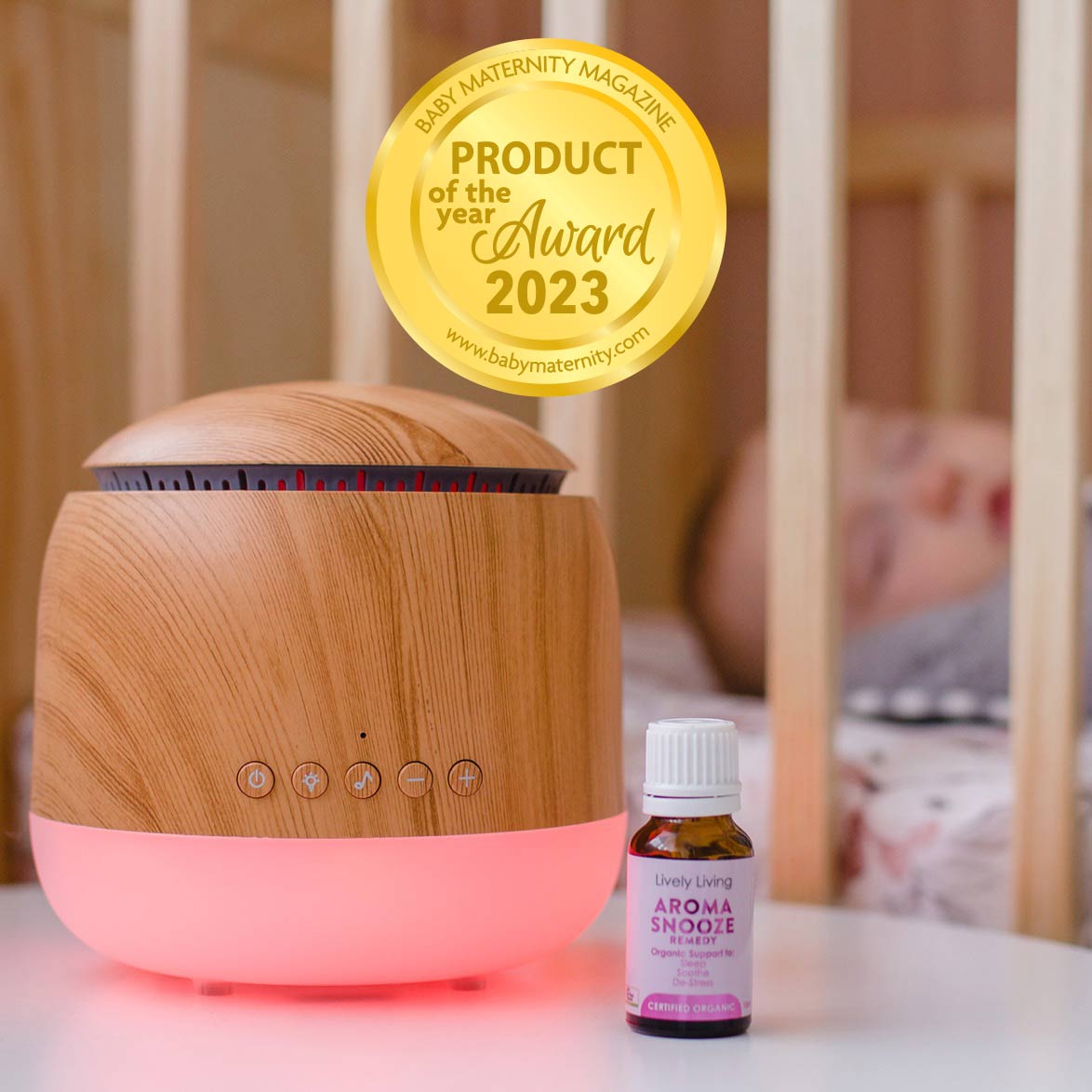 Aroma-Snooze Sleep Aid Vaporiser by Lively Living
Aroma-Snooze Sleep Aid Vaporiser by Lively Living
Addressing Common Concerns About Using Any Form of Lighting At Bedtime
The introduction of any form of lighting at bedtime can be a cause for concern among parents. One major worry is the potential disruption to an established sleep routine.
The Transition Period When Introducing New Elements Like A Red Nightlight
A period of transition is inevitable when you introduce new elements like a red night light into your child's room. There might be initial resistance or discomfort from your child due to this change in their environment, but consistent use and reassurance typically lead to adaptation within just a few days.
Maintaining stability in other aspects of their bedtime routine during this phase provides familiarity and comfort amidst these changes. Lively Living suggests routines such as reading stories or singing soothing lullabies before bed help ease transitions effectively.
Fears Associated With Complete Darkness
Another common concern raised by parents relates to handling fears associated with complete darkness. It's not uncommon for children around preschool age to develop anxieties about being alone in dark rooms.
In such instances, using an ambient red night light offers enough illumination without disrupting sleep quality. The gentle assurance it provides while promoting good restful sleep habits makes it ideal over brighter lights that could potentially overstimulate senses. PubMed Central (PMC).
Navigating Unique Circumstances - Daylight Savings and Darkness Phobia
Unusual situations such as daylight savings time and a fear of darkness can interfere with your child's sleep cycle. Luckily, red light therapy offers potential solutions for both.
Tackling Late Summer Sunsets For Improved Bedtimes
The transition to and from daylight saving time alters the duration of natural sunlight in a day, which could upset your child's circadian rhythm. Red light therapy treatments come into play here.
This means using devices such as HUSH during these periods can simulate 'nightfall', indicating it's bedtime even when there is still plenty of natural sunlight outside.
Fear Of The Dark: A Comforting Glow From Red Light
A common obstacle many children face at bedtime to fall asleep is the fear of complete darkness. The gentle glow provided by a red night light not only eases this anxiety but also promotes quality sleep without disrupting their restful state.
In essence, if you're dealing with late summer sunsets or fears associated with total darkness, incorporating elements like a soothingly lit room into your routine might just be what you need for better bedtimes.
Negative Impacts of Exposure to Blue-Light Emissions Before Bedtime
Exposure to blue light before bedtime is a growing concern in our increasingly digital world. This artificial light source can disrupt the body's circadian rhythm and negatively impact sleep quality. The blue light from screens is one of the biggest inhibitors of a good night's sleep
The Effect on Melatonin Production
Melatonin, often referred to as the 'sleep hormone,' plays an essential role in regulating our sleep-wake cycle. Unfortunately, exposure to blue-light emissions from electronic devices at night has been found to significantly suppress melatonin production (source). As a result, individuals may experience difficulty falling asleep or staying asleep throughout the night.
Implications for Sleep Quality and Health
Prolonged exposure to blue light before bed can not only affect your ability but also contribute to chronic sleep deprivation. The adverse health consequences of this are serious and far-reaching, including a heightened chance of developing heart illness and diabetes. Furthermore, SAD symptoms could be exacerbated by blue light exposure before bedtime, which may result in mood changes and reduced energy levels.
Solutions for Reducing Blue Light Exposure
To counter these negative impacts, consider limiting screen time during evening hours or using apps that filter out harmful wavelengths from device screens. Another practical solution is incorporating red spectrum lights into your nighttime routine; unlike their counterparts emitting blue wavelengths, which interfere with melatonin production (source). Remember: achieving good quality sleep is crucial for overall well-being.
FAQs in Relation to Red Light Therapy Sleep
Does red light therapy help with sleep?
Yes, red light therapy can aid in improving sleep quality by regulating circadian rhythms and promoting melatonin production.
Is it better to use red light therapy in the morning or at night?
The best time for using red light therapy is subjective. However, nighttime usage may be more beneficial for enhancing sleep due to its calming effects.
Does red LED lights make you sleep?
Absolutely. Red LED lights have been shown to encourage restful slumber by reducing stress and increasing drowsiness.
Does red light lower cortisol?
Certain studies suggest that exposure to red light might reduce cortisol levels, which could potentially lead to improved relaxation and better sleep patterns.
Conclusion
Red Light Therapy Sleep isn't just a trend, it's a scientifically backed solution to sleep troubles.
It works in harmony with our body's natural rhythms and melatonin production for improved restfulness.
The evidence is clear - over 4000 medical studies endorse the therapeutic value of light therapy, particularly warm/red light.
Incorporating red night lights into your routine or your child's bedtime ritual can be simple and affordable.
When choosing between blue and red lights for nighttime use, remember that not all colors promote good sleep hygiene. Red has calming influences while blue can stimulate the senses more than we need at night.
Fears about introducing new elements like lighting during bedtime are normal but manageable with patience and consistency. Special situations like daylight savings time or fear of darkness can also be navigated effectively using these strategies.
Finally, Lively Living is committed to enhancing lives through quality certified organic essential oils, ultrasonic aromatherapy diffusers, baby sleep aids & humidifiers, brings you solutions like Red Light Therapy Sleep. It's time to revitalize your nights (and days) by exploring this innovative approach today.
Sleep well
Livey Living Team

